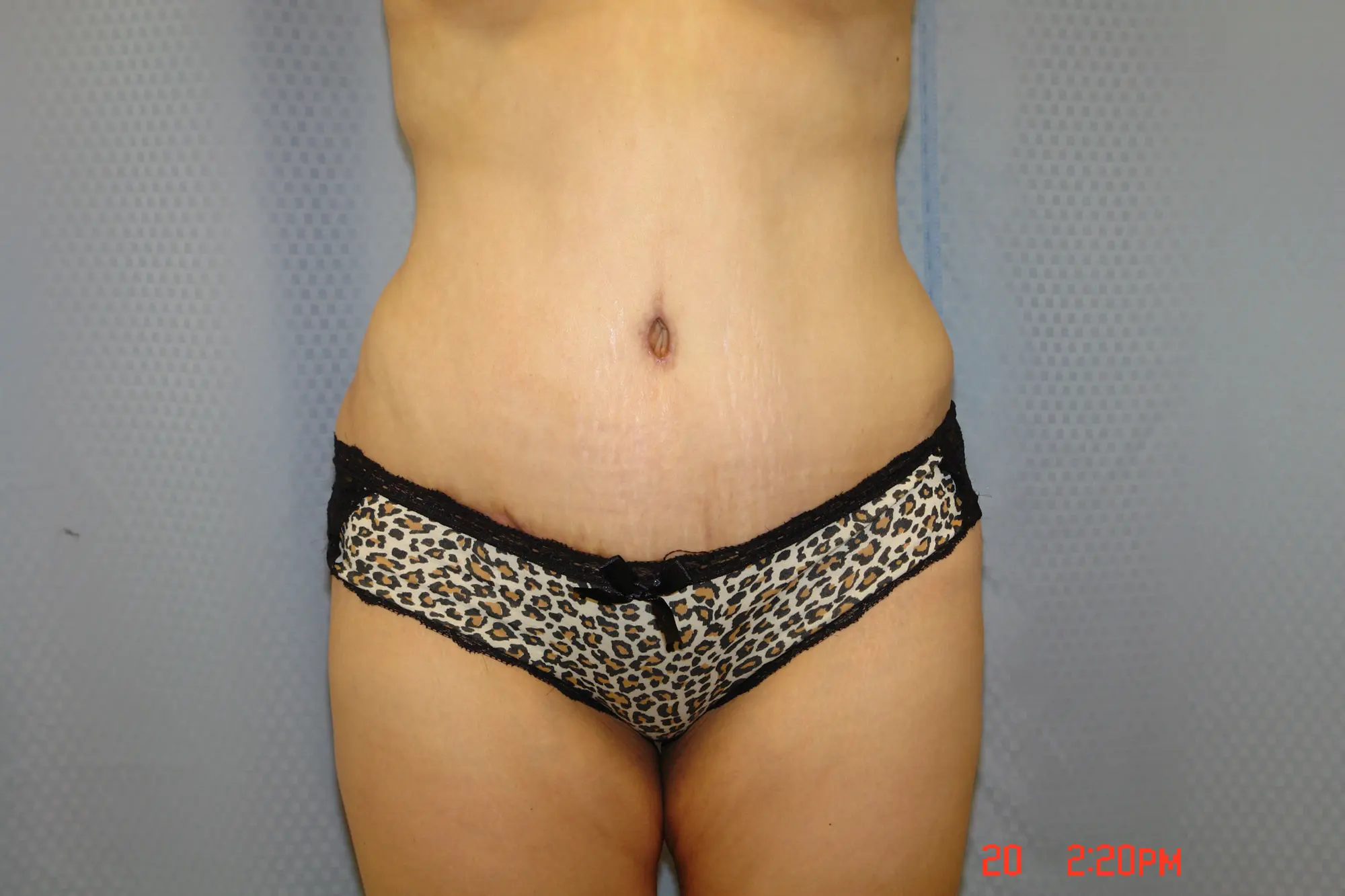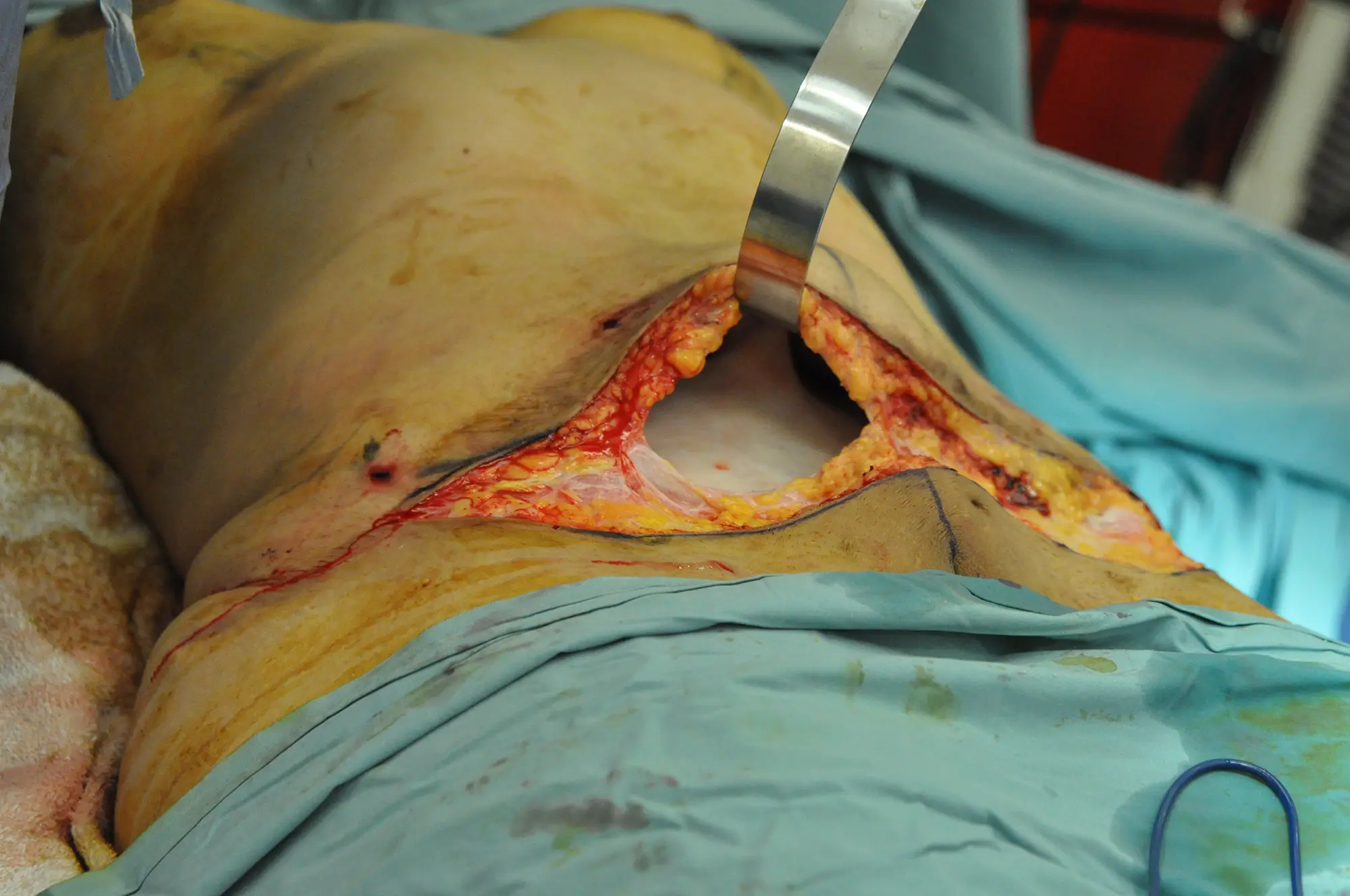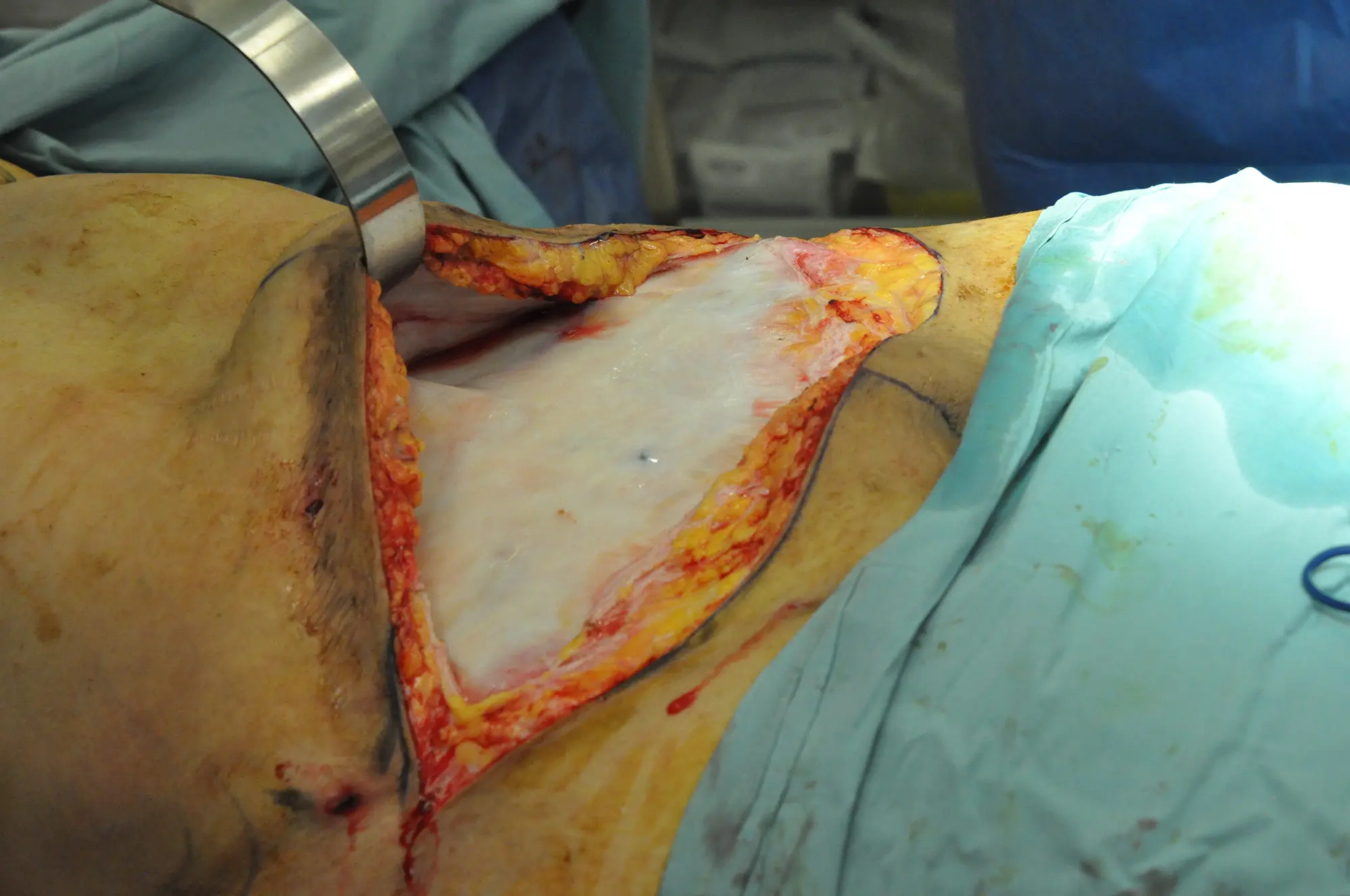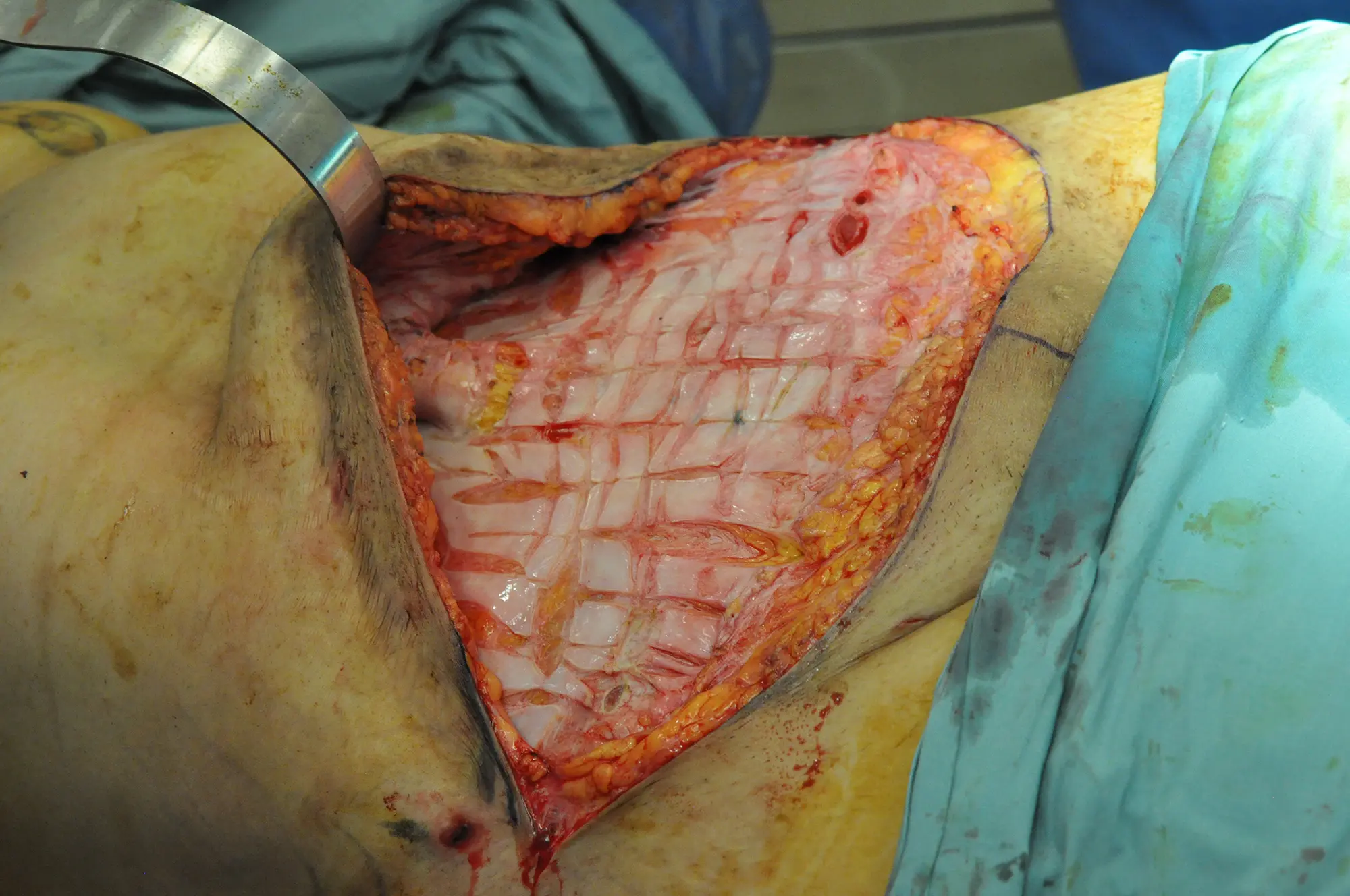What is Seroma?
Seroma is a collection of clear fluid that develops under the skin after surgery, such as a tummy tuck. Small seromas do not require any medical treatment as they usually get reabsorbed by the body in few weeks. Larger seromas require treatment by the surgeon.
While seromas are a common complication after tummy tuck surgery, occurring in 5% to 50% of cases, a chronic seroma is one that persists for weeks or even months after surgery.
Causes of Chronic Seroma
There are a number of factors that can contribute to the development of a chronic seroma, including:
- Dead space: Tummy tuck surgery involves the creation of pockets of space between the skin and the underlying tissues. If these pockets are not drained properly, fluid can accumulate and form a seroma.
- Bleeding: Bleeding during surgery can also contribute to seroma formation.
- Infection: Although less common, an infection can cause a seroma to become chronic.
- Scar tissue: Scar tissue formation around the seroma can make it difficult for the fluid to drain naturally. This can result from a prior surgery or following the last surgery
The most common symptom of a chronic seroma is swelling at the surgical site. The swelling may be soft or firm, and it may be painful or tender. Other symptoms can include:
- Bruising
- Redness
- Warmth
Treatment of Chronic Seroma
There are a number of treatments available for chronic seromas, including:
- Needle aspiration: This procedure involves using a needle and syringe to remove the fluid from the seroma. Sometimes, it may be necessary to insert a drainage tube. This can be done under local anesthesia.
- Sclerotherapy: This procedure involves injecting a solution such as Tetracycline antibiotic that irritates the lining of the cavity, causing it to scar and close.
If these conservative measures fail, then surgery may be necessary to “Score” or remove the scar tissue around the seroma and allow the fluid to drain.
Prevention of Chronic Seroma
There are a number of things that can be done to help prevent the formation of a chronic seroma, including:
- Wearing a compression garment after surgery
- Maintaining good drainage from the surgical site
If you are considering tummy tuck surgery, it is important to discuss the risks and benefits of the procedure with your doctor. You should also ask your doctor about the steps that can be taken to help prevent the formation of a chronic seroma.
References
Surgical Management of Chronic Encapsulated Abdominal Wall Seroma 8 Years after Abdominoplasty.
Morris BE, Thornburg DA, Teven CM, Kruger EA. Plast Reconstr Surg Glob Open. 2021 Jul 20;9(7):e3697. doi: 10.1097/GOX.0000000000003697. eCollection 2021 Jul.
Chronic Encapsulated Seroma Persisting for Three Years after Abdominoplasty and a Successful Surgical Solution.
Goldman A, Wollina U, França K, Tchernev G, Lotti T. Open Access Maced J Med Sci. 2018 Jan 9;6(1):82-84. doi: 10.3889/oamjms.2018.051. eCollection 2018 Jan 25.












